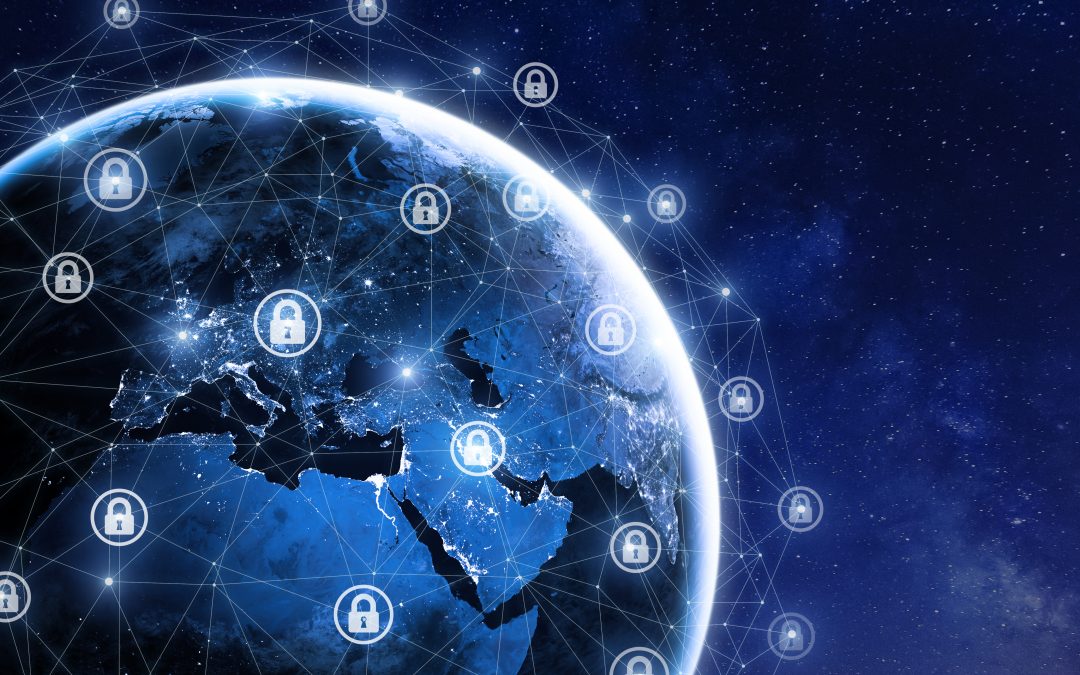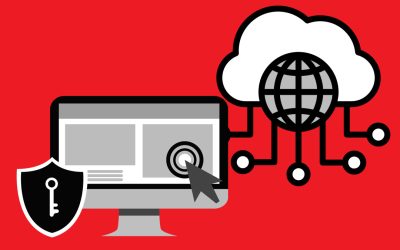It is no secret that 2021 was filled with many eventful moments for cybersecurity. Experts say there is a rise in ransomware attacks. Hackers use more sophisticated methods to exploit their victims. They also leverage an increase in cloud services and cloud security threats. Cyberattacks targeted large scale companies such as Colonial Pipeline, Kaseya, Microsoft, and many more just last year, costing billions of dollars in damages. According to statistics, cyberattacks are becoming frequent as they occur every 11 seconds as of 2021. But as we progress into 2022, what are key risks, threats, and changes that will come our way this year?
Aside from the rise of Deep-Fake news and suspicious applications, Cyberint predicts that in 2022 threat actors will focus on tools and techniques to expand their “business.” Here are some of the challenges that companies will encounter this 2022:
-
Cloud Services
Cloud services are software, technologies, or platforms that facilitate user data flow from front-end clients to the provider’s system. Conducted by a third-party source, it is managed mainly through the internet. Due to its convenience, it has become a mainstream service that many companies around the world use. Especially with the rise of work-from-home, it forced organizations to adopt cloud services to continue operations.
Experts predict that more cloud-based services will continue to rise as more companies adopt third-party providers for various jobs. However, attacks and threats targeting cloud-based software, platforms, and systems will also increase at the same time. So far, most of the attacks we have seen usually come down to misconfigurations, overly permissive permissions, or unprotected public-facing servers. Cyberint experts advise companies that are migrating to the cloud to take into consideration the shared responsibility model and understand that migrating to the cloud, doesn’t always mean that the cloud will handle everything— let alone when it comes to security. They should also study the different functions that they need from cloud venters and identify critical points such as sensitive data, access, and such to fully understand how it works.
-
Ransomware
Ransomware was and is still is a fan favorite amongst cybercriminals. It remains a growing problem for organizations across all industries around the world. In 2020 and 2021, we saw a fair share of ransomware attacks that have greatly impacted the way people see cybersecurity and its importance. These attacks disrupted the daily lives of ordinary people. It has evolved into a business of some sort, with highly sophisticated organized cybercriminals groups behind large-scale attacks on various high-profile companies. According to Cyberint, ransomware cases increased by 84% in H2 of 2021 compared to H1 of 2021, showing the massive growth of this “industry.”
As the ransomware industry grows, experts believe that there will be more Ransomware-as-a-Service (RaaS) this 2022 and will be recruiting more members to join— offering better fees, minimal distribution effort, anonymity, and more— to expand their operations.
-
Info Stealers
Cyberint experts have seen a rise in Stealer campaigns since May 2021, spiking up to 300%. Popular in Russian underground forums and telegram channels, information stealers are trojan software that is designed to gather information from a system that cybercriminals groups can then sell. Classic stealers mostly obtain sensitive data such as usernames and passwords but with the rise of cryptocurrency and NFTs, there is a growing interest in targeting these mediums. Cyberint has also observed new campaigns that combine the “best qualities” of several stealers to create more “effective” software. This 2022, we will be seeing a rise of these cases as threat actors are continuously finding new ways to create more advanced software and mechanisms to infiltrate accounts, wallets, and such, showcasing the potential dangers that it poses.
-
Supply-Chain Attacks
Over the years, there has been a rise in Supply-Chain attacks— each attack designed for maximum impact. According to CSO, supply chain attacks, also known as value-chain or third-party attacks, happen when a threat actor gains access to a system through a third-party or outside provider that has access to the said system or data. An example of this is the SolarWinds case that happened in 2020. SolarWinds, a software development company, unknowingly sent out infected software updates to their customers. This led to a wave of strategic infections. Supply chain attacks are a domino effect that can cause significant damage to an entire supply chain.
Since to impact of this attack is significant, Cyberint experts believe that more cases will emerge in 2022, causing damage to the compromised company and its customers. Threat actors will use this type of attack to their benefit. They will make it even more crucial for organizations to adopt a more secure and advanced cybersecurity system.
-
Working from Home
Due to the pandemic, many organizations adapted to remote work to keep safe. However, as the situation becomes more and more manageable, employees continue to adopt this new arrangement, making it a regular concept for companies.
2021 was focused on modifying cybersecurity systems to allow a safer and more secure environment for work-from-home employees. This will continue in 2022. Multiple cybersecurity challenges come with remote work because of most home equipment’s lack of security. There are also the growing risks that threat actors present as time goes on.
As more and more companies adopt the WFH structure, employees should continue to be reminded about the suspicious activities that they can encounter and how to approach them. IT teams should also continue monitoring activities and adapting their cybersecurity to these changes.
In Summary:
As we progress further in the year, there will be more challenges that organizations around the world will face— old and new. Companies should continue to adapt to the changes and create a safer environment by laying out concrete cybersecurity policies and systems. Having the right tools in place can greatly help reduce the likelihood of a breach.
About IPV Network
Since 2016, IPV Network has been a trusted partner of leading enterprises in the Philippines. It brings the best-of-breed cybersecurity solutions. IPV network helps businesses identify, protect, detect, respond, and recover from cyber threats. Email us at [email protected] or call (02) 8564 0626 to get your FREE cybersecurity posture assessment!
References:
Fooks, Natasha. “2022 Cybersecurity Predictions.” Cyberint, 27 Jan. 2022, cyberint.com/blog/research/2022-cyber-attacks-trends.
Trend Micro. “Info Stealer.” Definition, www.trendmicro.com/vinfo/us/security/definition/Info-stealer#:%7E:text=An%20information%20stealer%20(or%20info,email%20or%20over%20a%20network. Accessed 1 Mar. 2022.
Korolov, Maria. “Supply Chain Attacks Show Why You Should Be Wary of Third-Party Providers.” CSO Online, 27 Dec. 2021, www.csoonline.com/article/3191947/supply-chain-attacks-show-why-you-should-be-wary-of-third-party-providers.html.



